Growing up in Manila, traditional weaves were something I saw only during August for Buwan ng Wika (National Language Month). This government-mandated, month-long event usually meant a program at school. For a day, we wore national costumes, presented special performances, and brought FIlipino dishes to share in a classroom potluck.
As it is, I’d spent ages 5 to 10 of my life in Bangkok and I couldn’t really speak any Filipino languages. So, not an encouraging place to start for an entire month dedicated to Philippine culture. I was in fifth grade of elementary school when I experienced my first Buwan ng Wika in the Philippines.
A few weeks or days leading to the program, I would start scrambling to find family friends who had Filipiniana outfits to lend (always unsuccessful). These episodes usually ended with a trip to the mall with a tight budget and only the faintest idea of what could pass as a national costume.
I was advised by a well-meaning teacher to wear a malong, a woven tube skirt. It’s a garment traditionally worn by communities on the Philippine islands of Mindanao and the Sulu archipelago. I was told to wear it over a black leotard and long black leggings. And I did. Several occasions after, too, for special performances.
I was a preteen who didn’t know about cultural appropriation. I didn’t know if I was using the malong for its intended purpose, if it was somehow sacred in the culture it was made, or who made it to begin with! (Fortunately, the answers are: the malong has many everyday uses, it’s not reserved for sacred rituals, and the one I bought at the mall was probably machine-made.)
Weaves Revisited
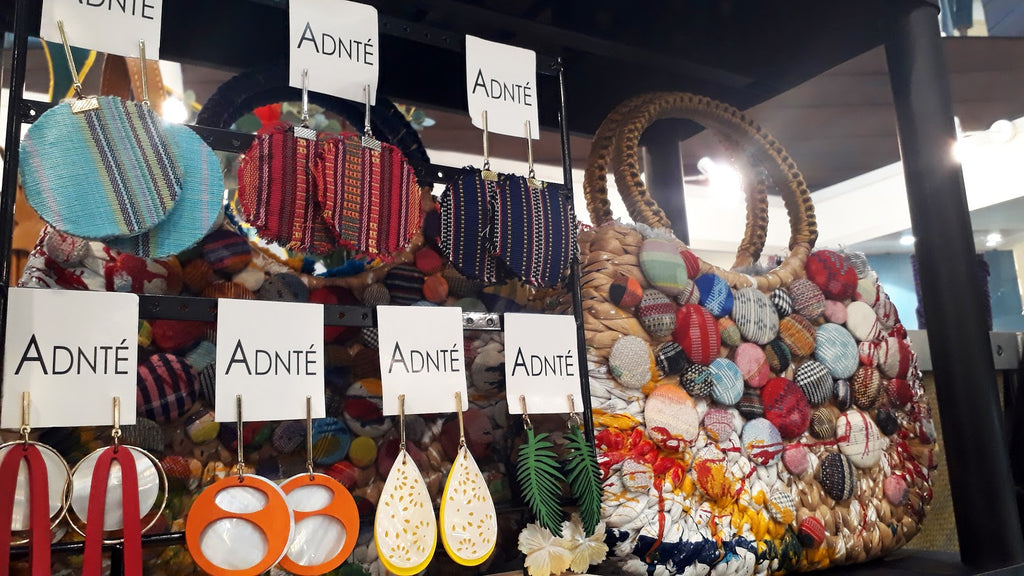 SPOTTED: ADNTÉ, designed by Adante Leyesa, presents jewelry and handbags that bridge traditional craftsmanship with contemporary design.
SPOTTED: ADNTÉ, designed by Adante Leyesa, presents jewelry and handbags that bridge traditional craftsmanship with contemporary design.
A few years have passed since then. I’ve fully resettled in the Philippines, graduated from university, and become a more mindful consumer. In recent years, there’s also been a movement to revive weaving traditions through support for our indigenous peoples and a culture of weave-wearing. There are a lot of ways to incorporate Philippine weaves into our regular rotation now, especially as I noticed at Likhang HABI Market Fair.
The Likhang HABI Market Fair is a venue for weavers, designers, and brands to sell, educate, and connect directly with advocate-shoppers. Throughout the weekend, there were merchant booths, workshops, and demonstrations happening at the Glorietta Activity Center in Makati City. HABI The Philippine Textile Council has been hosting Likhang HABI Market Fair and other initiatives since 2009 to preserve weaving traditions and advance the local textile industry.
Likhang HABI Market Fair isn’t just an opportunity to score some pieces, but is also an opportunity to actually learn about the stories behind them. There were infographics throughout the fair on different fabrics like Pineapple Silk (Piña-Seda) and Princesa Cotton (Bin’Al Kay Ikat).
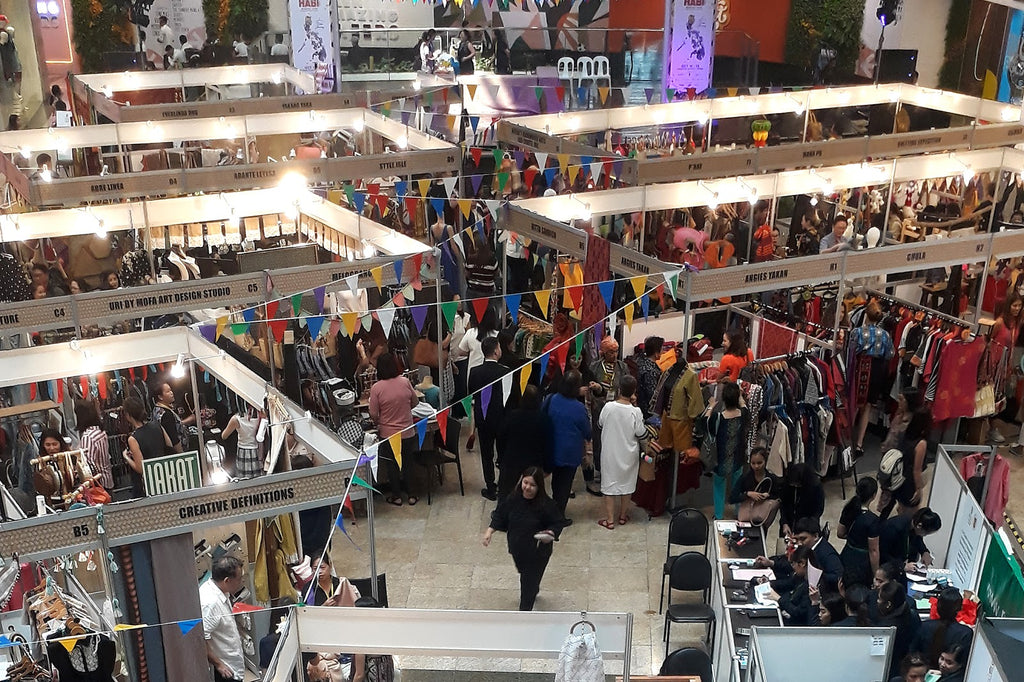 A bird’s eye view of the layout for Likhang HABI Market Fair in Glorietta Activity Center on October 11 - 13, 2019. This was the first day before the after-work and weekend crowds came.
A bird’s eye view of the layout for Likhang HABI Market Fair in Glorietta Activity Center on October 11 - 13, 2019. This was the first day before the after-work and weekend crowds came.
I went this year on behalf of Cambio & Co. to check out the event. Maybe even buy a few pieces for myself. But, how do I keep myself from making the same mistakes from my past? Luckily for me, HABI The Philippine Textile Council has done most of the heavy lifting on that front. The council curates a roster of vendors and exhibitors that work directly with weavers or are artisans themselves!
It would be awesome if that were the solution all the time, to entrust that the places we shop at are always fair to those who made their items. But, it’s important—especially when talking about products from indigenous communities—to make the extra effort to ensure that they were made ethically.
Who Made Your Weaves?
 A demonstration on the upright loom by a member of the Kabankalan Weaving Community, also known as the Negros 9 Weavers, from Negros Occidental. The community partners with Creative Definitions, a fashion and lifestyle brand, to supply weaves.
A demonstration on the upright loom by a member of the Kabankalan Weaving Community, also known as the Negros 9 Weavers, from Negros Occidental. The community partners with Creative Definitions, a fashion and lifestyle brand, to supply weaves.
It’s hard to pin down just how many indigenous peoples live in the Philippines. Some institutions say 8 million while others say up to 14 million. Either way, our indigenous peoples are some of the most disadvantaged communities in the country. They face a lot of challenges gaining access to economic opportunities, education, healthcare, and so much more. It’s a lot to unpack and I hope I haven’t lost you yet. At this point, you might be wondering, “it’s just clothes, it’s not that deep”.
The truth? It is and it isn’t. It is fashion, it’s fun, it’s expressive! But we often forget about the people who made the clothes we wear. When we start mixing in weaves, we’re also mixing in the indigenous cultures of the people who made them. The good news is this means there’s an opportunity to create positive change as a shopper.
It starts when we ask these questions:- Where do these weaves come from?
- Who made it?
- How was it made?
- How much is it worth?
- Do the patterns mean something?
Weaving Together Opportunities
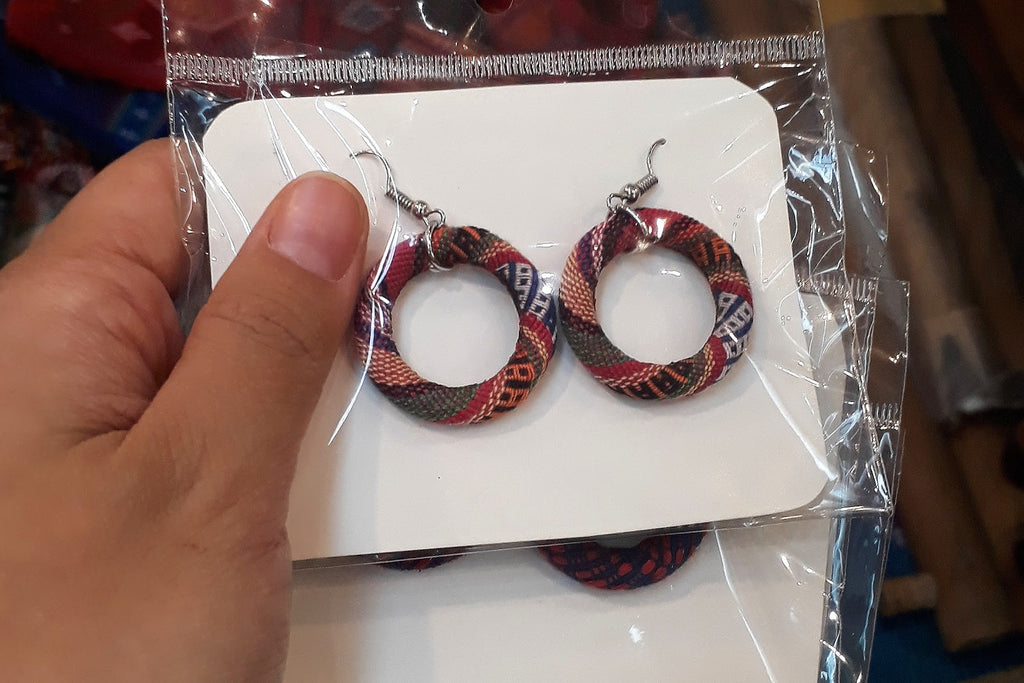 My haul from the Likhang HABI Market Fair: dangling earrings wrapped in handwoven fabric. It was so hard to choose just one pattern so I bought 3 pairs!
My haul from the Likhang HABI Market Fair: dangling earrings wrapped in handwoven fabric. It was so hard to choose just one pattern so I bought 3 pairs!
I only ended up buying one thing at Likhang HABI Market Fair. Well, three pairs of these dangling earrings. It was too hard to choose just one pattern! They were made by Evelynda Otong and her cousins, collectively known as the Tuwas Yakan Weavers. Evelynda is a fourth generation Yakan weaver from Basilan and started when she was only 9 years old! In the flurry of the first-day rush, she was kind enough to chat with a few of us at her booth.
She mentioned that a single weave, pointing to the piles of fabric around her, can take up to 4 days to finish. The earrings I bought were made from scraps that she and her cousins didn’t want to dispose of, but were too small to make more pouches from. She also invited us to another event she would be selling at the next week, Manila FAME.
 Amidst a whirlwhind of shoppers, Evelynda kept calm and composed as she set up her booth!
Amidst a whirlwhind of shoppers, Evelynda kept calm and composed as she set up her booth!
While writing this, I learned that Evelynda is President of Tuwas Yakan, she demos her backstrap loom weaving technique at fairs and schools, and she was invited to speak about cultural appropriation during London Fashion Week!
Likhang HABI Market Fair presents a diverse community. One that includes weavers, designers, and entrepreneurs. One with products that represent the diverse cultural landscape of the Philippines. One that highlights an exciting movement in Filipino fashion. It was all so overwhelming with so much to see and so much to learn. It’s affirming, if this indicates anything about the future of the local weaving industry.
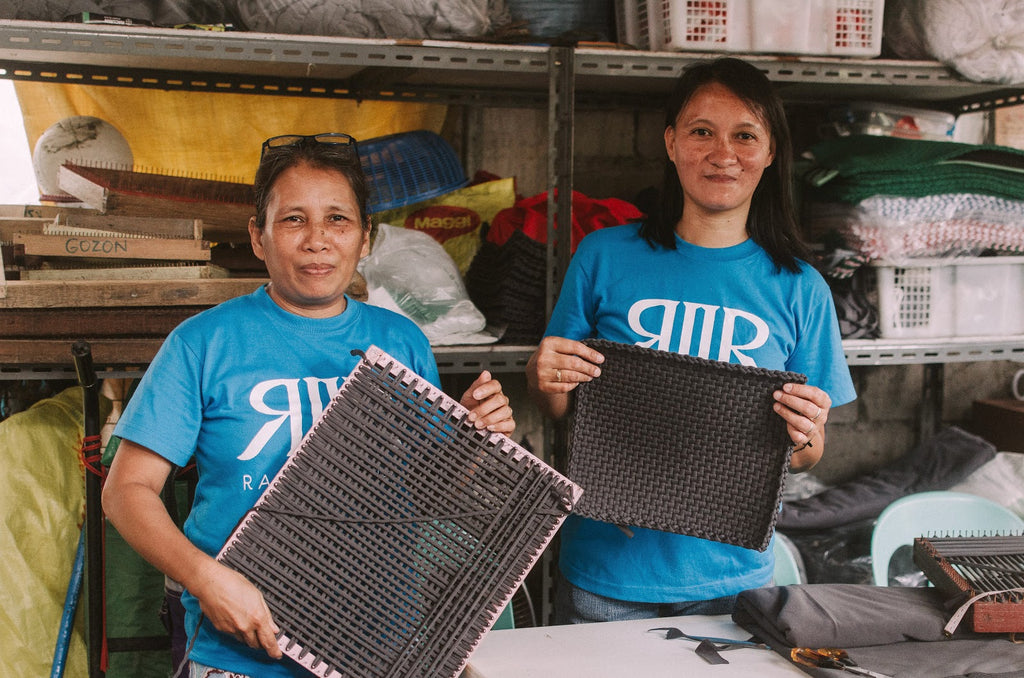 Artisans from the Hulma Community of Caloocan proudly took us through their weaving process during our visit with Rags2Riches. Photo by Gerald Gloton.
Artisans from the Hulma Community of Caloocan proudly took us through their weaving process during our visit with Rags2Riches. Photo by Gerald Gloton.
As much as I want to recommend it, attending events like Likhang HABI Market Fair isn’t always possible. A lot of our shopping happens online now, too. There are still little steps we can take like asking questions, being more mindful of how we shop, and taking the time to learn about the people who made your clothes!
So, let’s start by asking this together: who made your weaves?
Cover Photo: Woven garments displayed at the Ancestral Crafts booth.
Nicolette Bautista
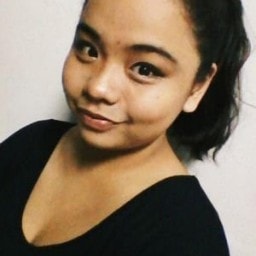
Nicolette is a Manila-based creative freelancer and Cambio & Co's Community Storyteller. She's written on the digital space about mom-and-pop's, small businesses, and social enterprises. In the pursuit of her eclectic interests, Nicolette has a broad portfolio including short videos, album art, and storybook illustrations! Find her on Instagram @of_nicolette and ofnicolette.wordpress.com



Leave a comment